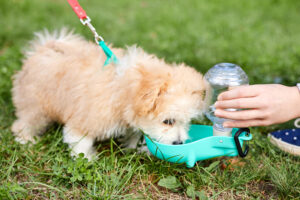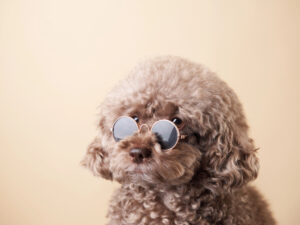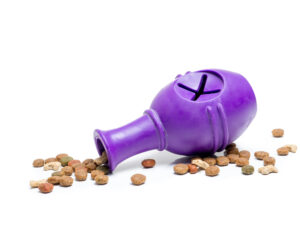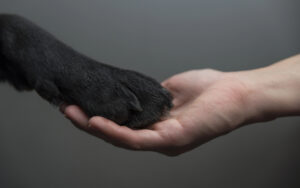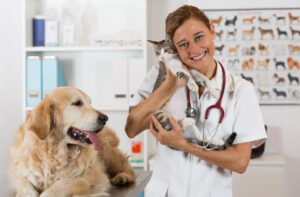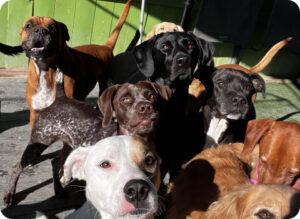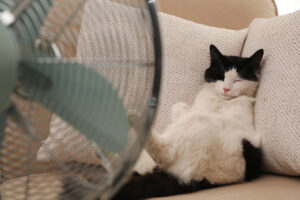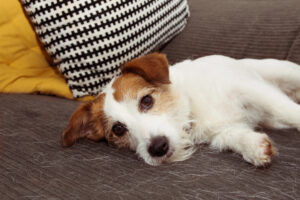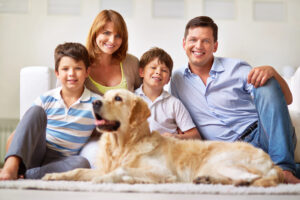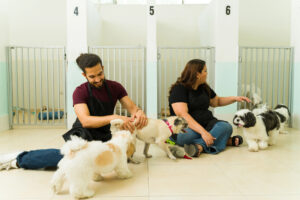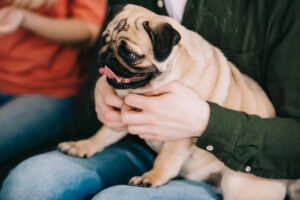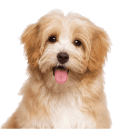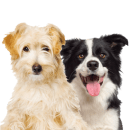
9 Tips for Dealing with Your Dog Shedding Its Winter Coat
Seasonal shedding is totally normal, especially as the weather warms up. But you don’t have to live with fur tumbleweeds. Whether you’re trying to keep your home cleaner or help your dog feel more comfortable, there are smart ways to manage the mess.
Dealing with seasonal shedding is all about managing loose hair. Regular brushing, the right grooming tools, and a healthy diet are the most effective ways to reduce shedding and keep your dog comfortable.
From coat type to grooming habits, these tips can help you stay ahead of the shed, without the stress.
Key Summary
Here’s how to make shedding season easier for both you and your dog:
- Brush regularly and use de-shedding tools when needed
- Bathe every few weeks with shed-control shampoo
- Feed a balanced diet and keep your dog hydrated
- Never shave double-coated breeds
- Talk to your vet if shedding seems unusual or excessive

Boarding Clients!*Discount does not apply during holiday/peak rate periods.

Understand Why Dogs Shed Their Winter Coat
Most dogs shed to some degree all year long, but spring tends to bring out the big blowouts. That’s because many breeds grow a thick undercoat during winter to help trap heat. When temperatures rise, they naturally shed that extra insulation so they don’t overheat.
This process is called “blowing the coat,” and it’s especially common in double-coated breeds like Golden Retrievers, Huskies, and German Shepherds.
These dogs have two layers: a soft, dense undercoat and a longer outer coat. Come spring, that undercoat starts coming out in clumps.
Even short-haired or indoor dogs can shed more as seasons change. The amount just varies depending on breed, age, health, and environment.
It’s also worth noting that not all shedding is seasonal. If your dog sheds year-round or has bald spots, irritated skin, or sudden changes in fur texture, it’s smart to check in with your vet. Sometimes, underlying issues like allergies or thyroid problems can affect coat health.

Tips for Dealing with Your Dog Shedding Its Winter Coat
There’s no magic fix for shedding, but the right tools and habits can make a big difference. These tried-and-true tips can help you manage the mess and keep your pup’s coat in great shape.
1. Brush Your Dog Daily (or Often)
Brushing is one of the simplest and most effective ways to manage shedding. It helps pull out loose fur before it ends up on your furniture and spreads natural oils across the skin for a healthier, shinier coat.
If your dog has short hair, a grooming glove or soft bristle brush usually does the trick without irritating the skin.
For double-coated or longer-haired breeds, you’ll need something more heavy-duty, like a slicker brush or undercoat rake that can reach the dense inner layer.
Try brushing in both directions, first against the grain to loosen hair, then with the grain to smooth and remove it.
During peak shedding season, daily brushing makes a big difference. But if that’s tough to keep up with, aim for at least three to four times a week.
2. Use a De-Shedding Tool for Heavy Shedders
If your dog is the kind that leaves fur piles after every nap, a de-shedding tool can be a lifesaver. These tools, like the FURminator or a coat rake, go deeper than regular brushes to grab loose undercoat without damaging the top layer of fur.
Use slow, gentle strokes in the direction of hair growth, and avoid pressing too hard, especially around sensitive spots like the belly and legs.
Start small to help your dog get used to it, and don’t be shy about handing out treats.
These tools work best for heavy-shedding breeds like Labradors, Huskies, and German Shepherds. You’ll be amazed how much fur they can pull out in just one session.
3. Bathe Your Dog with a Shed-Control Shampoo
A good bath helps loosen stubborn winter fur and clears away dead skin and dander. It also gives you a chance to work the shed-control shampoo down to the skin, which can make a big difference over time.
Look for shampoos with ingredients like omega fatty acids, aloe, or oatmeal. These support healthy skin and reduce the itchiness or dryness that often leads to extra shedding.
Keep in mind:
- Use lukewarm water and work the shampoo in with your fingers, not just on the surface.
- Rinse thoroughly to remove any leftover soap, which can irritate the skin.
- Brush your dog after drying to remove all the loosened fur.
During shedding season, bathing every 3 to 4 weeks is usually enough; bathing more often can dry out the skin.
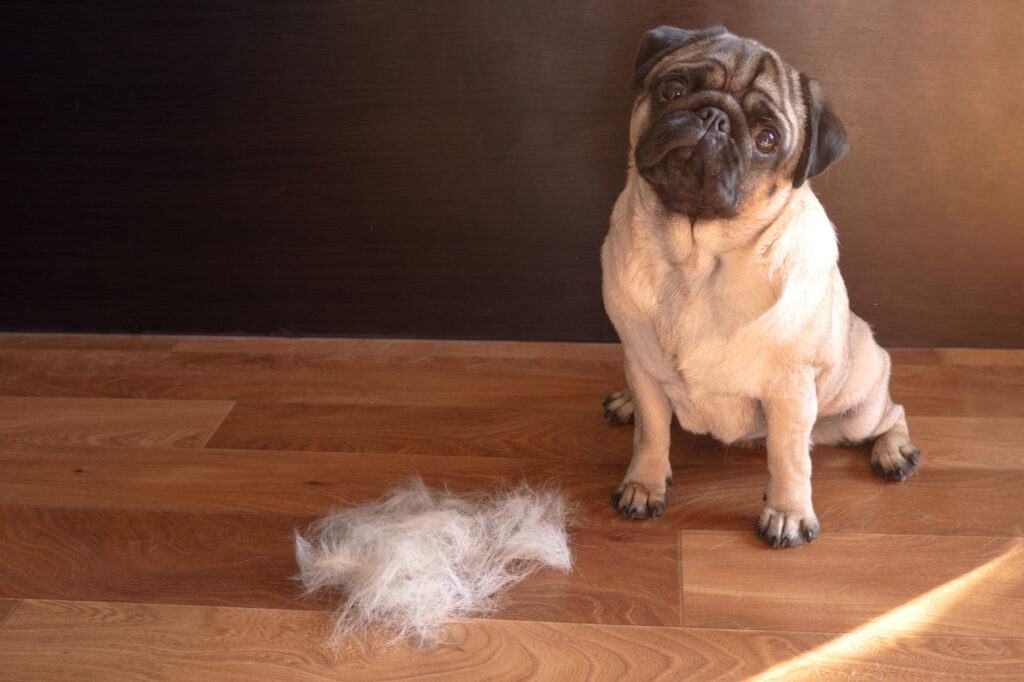
4. Consider Professional Grooming
If your dog has a thick coat, mats easily, or just isn’t a fan of home grooming, a professional groomer can help take the stress out of shedding season.
Groomers use tools most pet owners don’t have access to, like high-velocity dryers that blow out undercoat fur, and they know how to safely handle matting or sensitive skin. They can also spot early signs of irritation, hot spots, or skin infections you might miss at home.
Professional grooming might be the right choice if:
- You have a double-coated breed like a Golden Retriever or Malamute.
- Your dog is older, anxious, or resistant to home brushing.
- You want to cut down on fur around the house fast.
Even just one grooming appointment during the spring shedding peak can reset your dog’s coat and make your weekly brushing much easier.
5. Keep Your Dog’s Diet Skin-and-Coat Friendly
A healthy coat starts from the inside. Your dog’s food plays a big role in how much they shed and how their fur looks and feels.
Look for a diet that includes:
High-quality proteinfor coat strength and skin repair
Omega-3 and omega-6 fatty acidsto reduce dryness and inflammation (found in fish oil, flaxseed, salmon)
Vitamins A, E, and zinc, which support healthy skin and reduce flaking
If your dog’s food is low in nutrients or packed with fillers, it may lead to dull fur and excessive shedding.
Not sure if your dog’s current food is doing the job? Ask your vet for a diet recommendation based on their breed, age, and activity level.
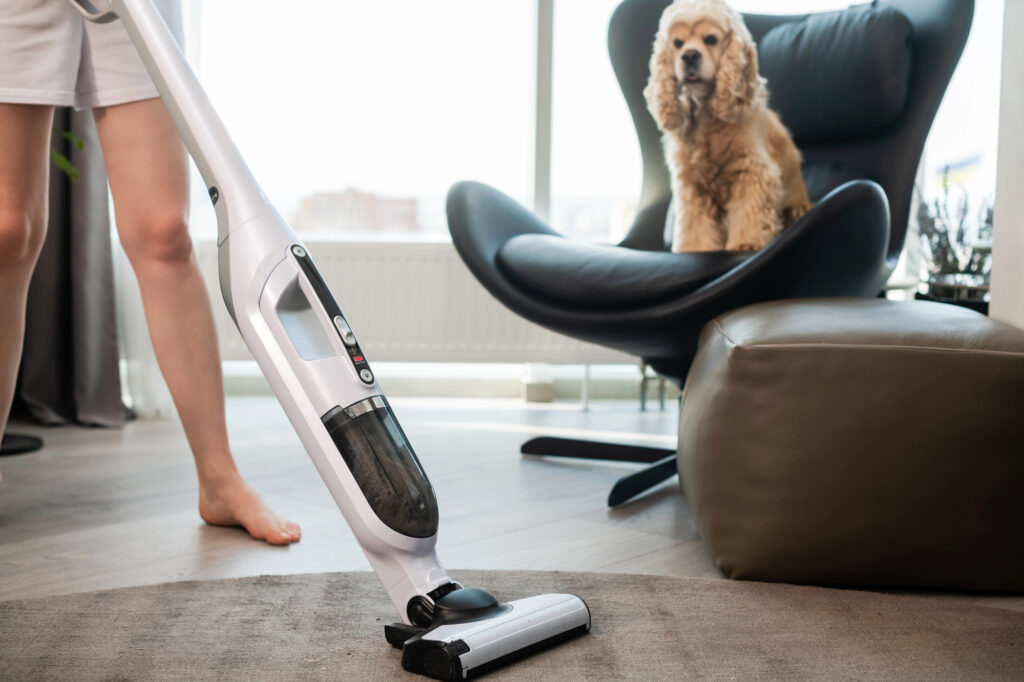
6. Make Sure Your Dog Stays Hydrated
Good hydration isn’t just about preventing heat exhaustion. It also helps your dog’s skin stay soft and healthy, which leads to less dryness and flaking and less loose fur.
Make sure your dog always has access to clean, fresh water. Some dogs drink more when you switch to a pet fountain or add a bit of water or low-sodium broth to their meals. Wet food can also help keep hydration levels up.
If you notice dry skin, flaky fur, or dullness, hydration could be the missing piece.
7. Keep Your Home Clean with Smart Tools
Even with daily brushing, some fur will still end up on your floors, furniture, and clothes. That’s just part of having a dog, but a few smart habits can help you stay ahead of it.
Stick with a vacuum that’s made for pet hair. HEPA filters are great for allergy control, and attachments made for upholstery can save your couch.
Keep a lint roller or pet hair remover handy near doorways or in the car. An air purifier can also help if someone in the home has pet allergies or sensitivities.
These tools don’t stop shedding, but they definitely make life easier.
8. Know When Shedding Isn’t Normal
Most shedding is harmless, especially in the spring. But if your dog starts losing fur in patches or their skin looks irritated, something else could be going on.
Watch for signs like:
- Bald spots or thinning areas
- Constant scratching, licking, or biting
- Red, bumpy, or flaky skin
- A sudden change in how much they shed
These can point to allergies, parasites, or conditions like hypothyroidism. If you’re not sure what’s normal, your vet can help you figure it out.
9. Don’t Shave Double-Coated Breeds
When it’s hot out, it might seem like shaving your dog would help them stay cool. But if your pup has a double coat, shaving can actually make things worse.
Their fur works like insulation, keeping them warm in winter and helping block heat and sun in the summer. Shaving removes this protection and can even cause permanent damage to the coat’s ability to grow back properly.
Instead, stick with brushing, occasional baths, and keeping them cool with shade, fresh water, and early or late walks.
Cooling vests or bandanas are a better option if your dog struggles in the heat.
Conclusion
Shedding might be a natural part of your dog’s life, but that doesn’t mean you have to live in a cloud of fur. A few simple habits, like regular brushing, using the right tools, feeding a healthy diet, and keeping your dog hydrated, can go a long way in managing the mess and keeping your dog comfortable.
If things get overwhelming, don’t hesitate to call in a groomer or check with your vet if something seems off. Most of the time, shedding is just your dog’s way of adjusting to the season.




